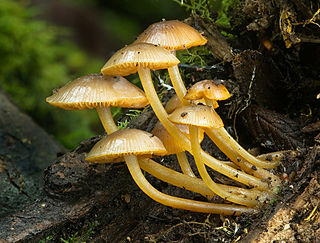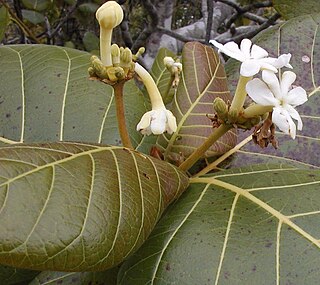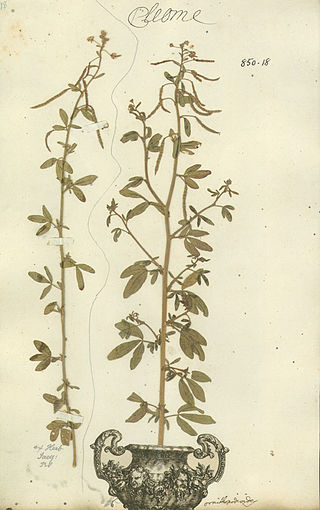
Mycology is the branch of biology concerned with the study of fungi, including their genetic and biochemical properties, their taxonomy and their use to humans, including as a source for tinder, traditional medicine, food, and entheogens, as well as their dangers, such as toxicity or infection.

Scilla is a genus of about 30 to 80 species of bulb-forming perennial herbaceous plants in the family Asparagaceae, subfamily Scilloideae. Sometimes called the squills in English, they are native to woodlands, subalpine meadows, and seashores throughout Europe, Africa and the Middle East. A few species are also naturalized in Australasia and North America. Their flowers are usually blue, but white, pink, and purple types are known; most flower in early spring, but a few are autumn-flowering. Several Scilla species are valued as ornamental garden plants.

Alstroemeria, commonly called the Peruvian lily or lily of the Incas, is a genus of flowering plants in the family Alstroemeriaceae. They are all native to South America, although some have become naturalized in the United States, Mexico, Australia, New Zealand, Madeira and the Canary Islands. Almost all of the species are restricted to one of two distinct centers of diversity; one in central Chile, the other in eastern Brazil. Species of Alstroemeria from Chile are winter-growing plants, while those of Brazil are summer growing. All are long-lived perennials except A. graminea, a diminutive annual from the Atacama Desert of Chile.

The Canellaceae are a family of flowering plants in the order Canellales. The order includes only one other family, the Winteraceae. Canellaceae is native to the Afrotropical and Neotropical realms. They are small to medium trees, rarely shrubs, evergreen and aromatic. The flowers and fruit are often red.

Species Plantarum is a book by Carl Linnaeus, originally published in 1753, which lists every species of plant known at the time, classified into genera. It is the first work to consistently apply binomial names and was the starting point for the naming of plants.

The Circaea, or enchanter's nightshades, are a genus of flowering plants in the evening primrose family Onagraceae. About two dozen taxa have been described, including eight species. Plants of the genus occur throughout the temperate and boreal forests of the Northern Hemisphere. Three taxa occur in North America: Circaea alpina, Circaea canadensis, and the hybrid Circaea × sterilis. The generic name Circaea refers to the enchantress Circe from Greek mythology who is said to have used the herb as a charm.

Nauclea is a genus of flowering plants in the family Rubiaceae. The species are evergreen trees or shrubs that are native to the paleotropics. The terminal vegetative buds are usually strongly flattened. The generic name is derived from the Ancient Greek words naus, meaning "ship" and kleio, meaning "to close". It refers to the resemblance of the cells of the capsule to a ship's hull.

Equisetum palustre, the marsh horsetail, is a plant species belonging to the division of horsetails (Equisetopsida). It is widespread in cooler regions of North America and Eurasia.

Guettarda is a plant genus in the family Rubiaceae. Most of these plants are known by the common name velvetseed.

Asplenium rhizophyllum, the (American) walking fern, is a frequently-occurring fern native to North America. It is a close relative of Asplenium ruprechtii which is found in East Asia and also goes by the common name of "walking fern".

Avicennia officinalis is a species of mangrove also known as Indian mangrove. The genus Avicennia is named after the famous Persian scientist Ibn Sina.

Adiantum pedatum, the northern maidenhair fern or five-fingered fern, is a species of fern in the family Pteridaceae, native to moist forests in eastern North America. Like other ferns in the genus, the name maidenhair refers to the slender, shining black stipes.

Cleome ornithopodioides or bird spiderflower is the type species of the genus Cleome which is part of the family Cleomaceae or Brassicaceae. The species epithet means "birds-foot like".

Asplenium viride is a species of fern known as the green spleenwort because of its green stipes and rachides. This feature easily distinguishes it from the very similar-looking maidenhair spleenwort, Asplenium trichomanes.

Delphinium elatum is a species of flowering plant in the buttercup family Ranunculaceae, known by the common name alpine delphinium or candle larkspur. It is native to temperate Asia and Europe, it is an erect herbaceous perennial growing to 1.8 m (5.9 ft), with deeply divided leaves. It produces spikes of blue or purple flowers in summer.
Alstroemeria achirae is a flowering plant, a herbaceous, perennial and rhizomatous species belonging to the family Alstroemeriaceae. It is endemic to Chile, particularly the Maule Region.

Crassula perfoliata is the type species of the genus Crassula, in the flowering plant family Crassulaceae, where it is placed in the subfamily Crassuloideae. It was first formally described by Linnaeus in 1753 as one of 10 species of Crassula. It is from South Africa.

Scilla lilio-hyacinthus, the Pyrenean squill, is a species of flowering plant plant in the genus Scilla.

Scilla amoena, the star hyacinth or squill, is a species of flowering plant plant in the genus Scilla.

Ornithogalum broteroi, a species of the genus Ornithogalum, is a perennial bulbous flowering plant in the asparagus family (Asparagaceae). It is classed in the Cathissa group of the genus. It bears white flowers and usually a single leaf. It is found in open woods and pastures in the western part of the Iberian Peninsula and also Morocco.



















